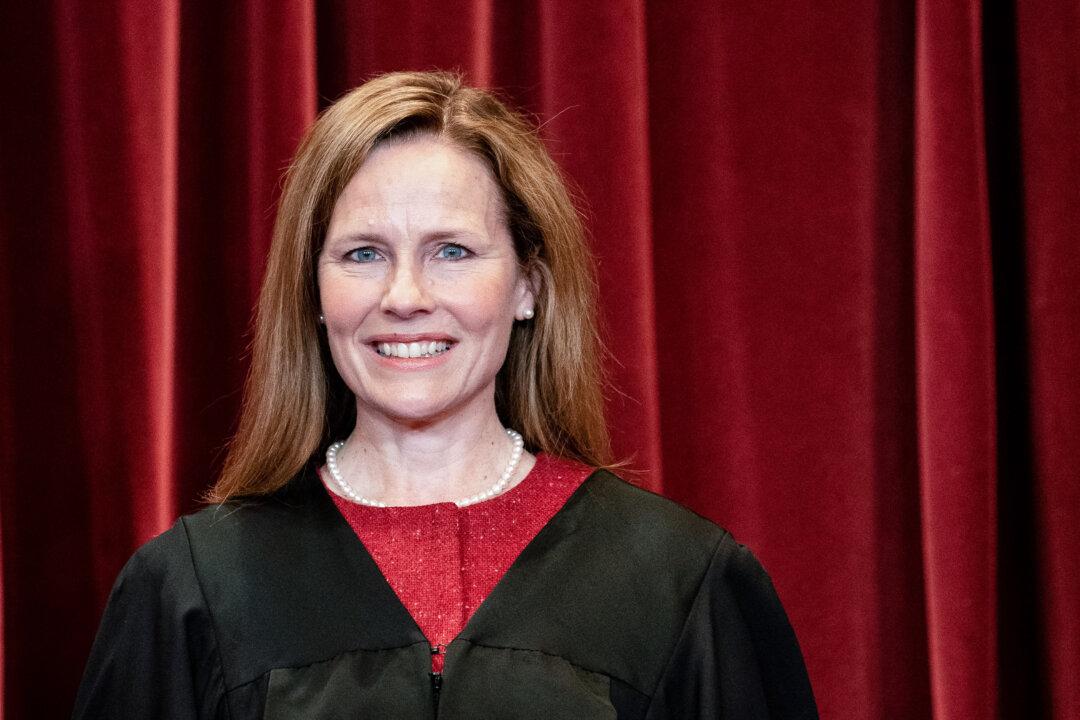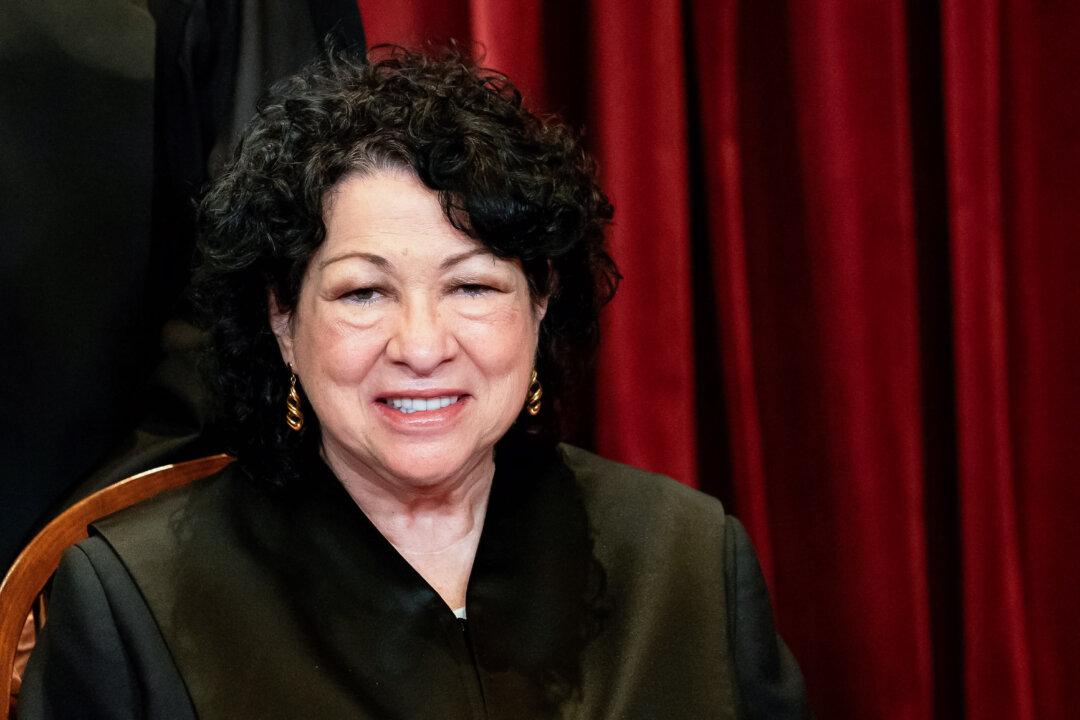The Supreme Court on April 2 weighed whether South Carolina can stop abortion provider Planned Parenthood from taking part in the state’s Medicaid program.
Medicaid is a joint federal–state program that offers health insurance coverage to low-income Americans.
Although the case, known as Medina v. Planned Parenthood South Atlantic, does not center on abortion, it is being closely watched because if the nation’s highest court rules in favor of South Carolina, the ruling could encourage more states to boot the organization from their Medicaid networks.
The petitioner in the current case, Eunice Medina, is the director of the South Carolina Department of Health and Human Services.
Although the respondent, Planned Parenthood, is a major provider of abortion services, it also offers other services such as birth control and pregnancy testing.
The case goes back to July 2018, when South Carolina Gov. Henry McMaster signed Executive Order 2018-21, affirming that the state “has a strong culture and longstanding tradition of protecting and defending the life and liberty of unborn children.”
The executive order directed state health officials to “deem abortion clinics unqualified to provide family planning services.”
The order also required officials to terminate clinics’ enrollment agreements and deny their enrollment applications in the future.
The directive followed a state law that forbids the use of state funds to pay for abortions.
Federal courts of appeals disagree on how the provision should be interpreted.
The U.S. Court of Appeals for the Fourth Circuit heard the South Carolina case and, in March 2024, ruled against the state.
In 2018, Planned Parenthood South Atlantic and Julie Edwards, one of the organization’s Medicaid clients, filed a lawsuit in federal district court over South Carolina’s policy, according to the petition.
They argued that the state had violated clients’ right to select a “qualified provider” under federal law.
South Carolina countered by saying that the any-qualified-provider provision “does not unambiguously create a federal right enforceable by providers and individual patients under 42 U.S.C. [Section] 1983,” a federal law that allows individuals to sue the government for civil rights violations.
The district court upheld Edwards’s right to sue South Carolina over the state’s vow not to cover medical treatment that Planned Parenthood might provide to her.
The court also granted Edwards’s request for a preliminary injunction against the state and did not rule on whether Planned Parenthood was also entitled to the same kind of order.
The Fourth Circuit affirmed the decision, finding that Congress intended “to create an individual right enforceable under [Section] 1983 in the free-choice-of-provider provision” and that the provision “bars states from excluding providers for reasons unrelated to professional competency.”
During oral argument on April 2, South Carolina’s attorney John Bursch said that in the nation’s “federalist system, the legitimacy of Congress’s exercise of its spending power depends on a state’s knowing acceptance of funding conditions.”
Federalism refers to a political system in which power is divided between a central government and state governments. Both levels of government make laws and are autonomous.
The lawyer said that in the Supreme Court’s 2002 ruling in Gonzaga University v. Doe, it was held that “clear rights-creating language is critical to creating private rights.”
The precedent is relevant here because “Congress did not use clear rights-creating language in the any-qualified-provider provision,” according to Bursch, who works for the Alliance Defending Freedom, a public interest law firm.
Justice Clarence Thomas told Bursch: “You seem to put quite a bit of weight on the use of the word ‘right’ over, I think, 20 times in Talevski, and the absence of the word ‘right’ in this case.
“Do you think ‘right’ is absolutely necessary in order to determine whether or not a right has been created under this provision?”
Bursch replied: “If Congress wants to be clear, ‘right’ is the best word, but we would take its functional equivalent.
“So, for example, entitlement or privilege, other words that are functionally equivalent to ‘right,’ or of course, the traditional ‘No person shall,’ like [in] the Fifth Amendment.
“But this court made clear in Talevski that this is a high bar. It’s atypical. And so if a state is going to be on clear notice, which it has to be to know what contract it’s agreeing to, it needs to be really clear.”
Justice Brett Kavanaugh told Bursch that “confusion in the lower courts” had led to “a 45-year odyssey.”
“This court has failed to give guidance, obviously, that lower courts can follow, that states, providers, and beneficiaries can follow. So one of my goals coming out of this will be to provide that clarity,” the justice said.
Justice Sonia Sotomayor told Bursch it seemed “a little bit odd to think that a problem that motivated Congress to pass this provision was that states were limiting the choices people had.”
“It seems hard to understand that states didn’t understand that they had to give individuals the right to choose a provider,” the justice said.
Justice Elena Kagan told Bursch that the state “has an obligation to ensure that a person ... has a right to choose their doctor.”
Planned Parenthood’s attorney, Nicole Saharsky, told the justices: “South Carolina violated the statute by denying Julie Edwards her choice of a qualified and willing provider. The only question is whether she can do something about it.”
Justice Ketanji Brown Jackson asked Saharsky whether it was correct to say that “Congress adopted this provision in response to a specific problem ... which is that in the first two years of the Medicaid program, some states were trying to steer their Medicaid beneficiaries to certain providers and away from others.”
“The primary target of the statute ... was the states who were restricting people’s rights or restricting people’s choices of health care provider,” the justice said.
Saharsky said that was correct.
Justice Neil Gorsuch told Saharsky: “Congress could hypothetically say an individual should be entitled to these benefits but not want to create a right of enforcement but allow it to be subject to the state’s overall substantial compliance with a larger rubric. I mean, that’s imaginable, isn’t it?”
Saharsky answered, “Congress could write statutes in a lot of different ways.”
The Supreme Court is expected to rule on the case by the end of June.







